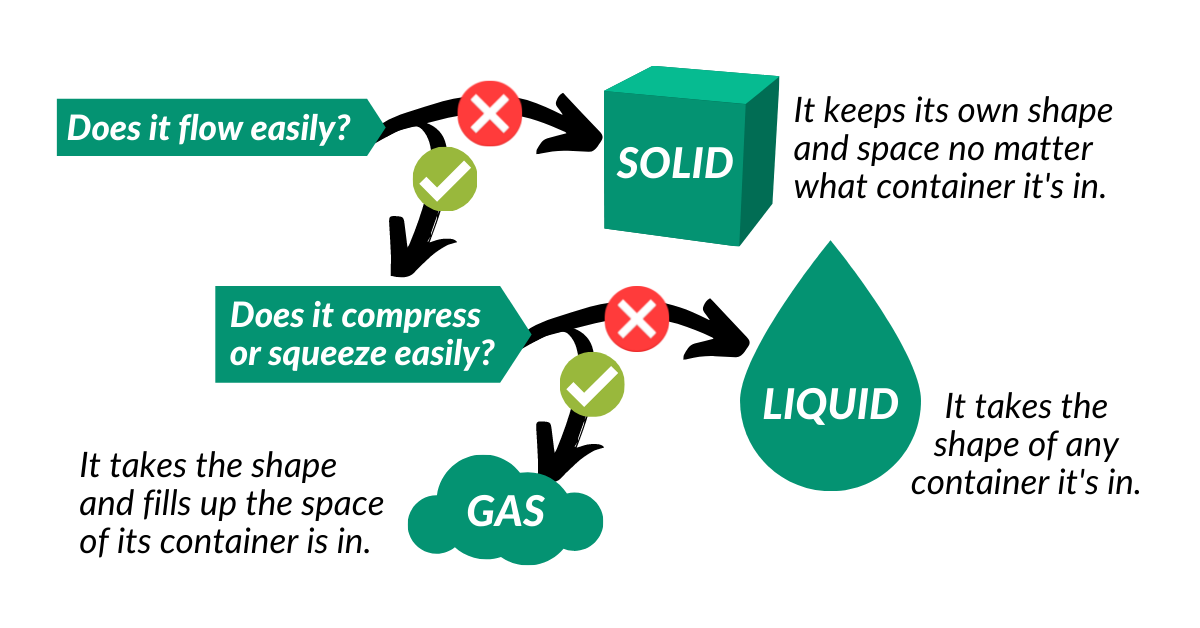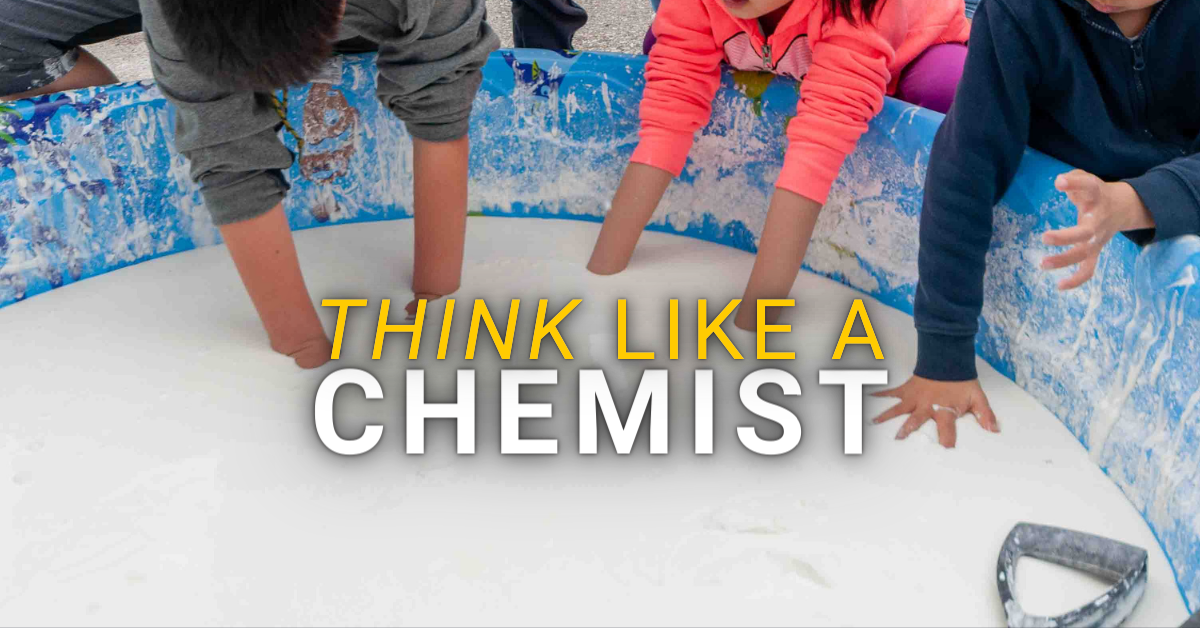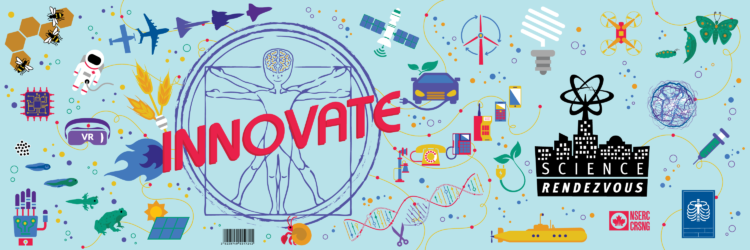Ready for some messy #STEAM fun in the sun? Grab some large bowls, cornstarch and water!
Other things you might need:
- Measuring cups and spoons
- Gloves (optional)
- Towels (to clean up)
- Garbage bags

Observe & Research
Take a look at one of your bowls! Most things in the universe can be categorized as solid, liquid and gas.
Is the bowl solid, liquid or gas – how can you tell? If the bowl won’t change its shape depending on the container it’s in, it’s a solid!
Now, what about water? It does take the shape of any container it’s in, BUT it doesn’t expand or squeeze to fill up its space. If you put 1 cup of water into a large jar, it won’t fill the full jar. And if you put a large jar full of water into 1 cup, you won’t be able to squeeze it all in. All the extra water will spill over!
But, what about the cornstarch? You might think cornstarch flows easily and takes the shape of the container it’s in but you have to consider the cornstarch granule. That’s actually solid!
Now what do you think happens when we mix cornstarch and water together? Let’s find out!
Experiment
- Place your large bowls inside an empty kiddy pool
- Smooth out any lumps in your cornstarch.
- Add 4-5 drops of food colouring, glitter or Crayola fingerpaint for every ½ cup of water to ramp up the STEAM experience! Choose different colours for different bowls!
- Place 2 parts cornstarch to 2 parts water into each large bowl and stir
- Test the consistency with your hands, should be hard when squeezing and runny when holding
- If the fluid is too hard, add more water (1 tbsp at a time)
- If the fluid is too runny add more cornstarch (1 tbsp at a time)
- Get messy and creative – Use the different colours and create art in the kiddy pool.
Note: Do not dispose through the sink. Dispose in a garbage bag after allowing it to dry and sweep up any cornstarch powder.
Now play around with it. How does it feel? Can you pick it up? What happens when you punch it quickly? What about when you slowly press your hand into it?
Analyze
It seems like mixing cornstarch and water gives you a weird substance…it seems like a liquid sometimes and a solid other times. What’s happening? You can pick it up like a solid, however, when held in your hand it will begin to flow like a liquid. It can take the shape of its container, like a liquid, or take no shape at all as it spreads over a table. If you quickly punch a bucket full of oobleck, it acts like a solid and your hand won’t go through.
But if you shove your hand into the fluid slowly, oobleck will behave like a liquid, allowing your hand to penetrate successfully. If you then pull your hand out abruptly, the fluid will again behave like a solid, and you can literally pull a bucket of the fluid out of its container in this way.
This mixture may not be a liquid, but it would still be a fluid! What makes something a fluid? If it flows, you can pour it and it doesn’t pile up when you pour it, it’s a fluid! That makes liquids and gasses fluids.
One important aspect about fluids is viscosity. Viscosity can be described by a fluid’s thickness or how easily it flows. For example, honey has high viscosity because it’s thick and doesn’t flow smoothly. A lot of fluids we think about have the same viscosity no matter what situation it’s in, like water or honey. Isaac Newton described an ideal fluid as having this exact characteristic so these fluids are called Newtonian liquids.
But not all fluids behave like this, like our cornstarch and water mixture. Its thickness changes depending on the temperature, pressure, and the force we put on it, which means it can change from second to second. These types of fluids are called a non-Newtonian fluid and aren’t true liquids nor true solids.

The oobleck molecules are weakly bonded and can move around easily.
Why does oobleck behave like it does? You can imagine flowing fluids as layers sliding past each other. When the layers in the oobleck slide over each other quickly, there’s more resistance. When they slide slowly, there’s less resistance. Think about feeling the air resistance when you’re walking compared to when you’re running, or even on a bike or roller coaster!
Normally, the oobleck molecules are weakly bonded to each other and can move around like liquid.
But then when you hit it really quickly, the bonds get stronger, and the oobleck becomes more rigid. The layers are then pulled back into place and it returns back to normal.

The molecules rearrange when it gets hit quickly and it acts like a solid.
Why should we learn more about non-Newtonian fluids?
Non-Newtonian Fluids help us understand the wide variety of fluids that exist in the physical world. You may actually have another non-Newtonian fluid in your kitchen right now…it’s ketchup!
Share
Having fun?! Tag us in your creations @sci_rendezvous! But what is this bizarre substance you just made? It’s called Oobleck and is a form of non-Newtonian fluid! Did you know that Science Rendezvous loves having fun with oobleck?! What do you think would happen if we had a long runway of oobleck? Do you think you could walk across it? Run? Why?
Actually, you can try this at Science Rendezvous when we’re back in person! We’ve even tried to break the world record attempt for the longest oobleck run!









































 Volunteer Spotlight
Volunteer Spotlight 
 Science Rendezvous
Science Rendezvous 

